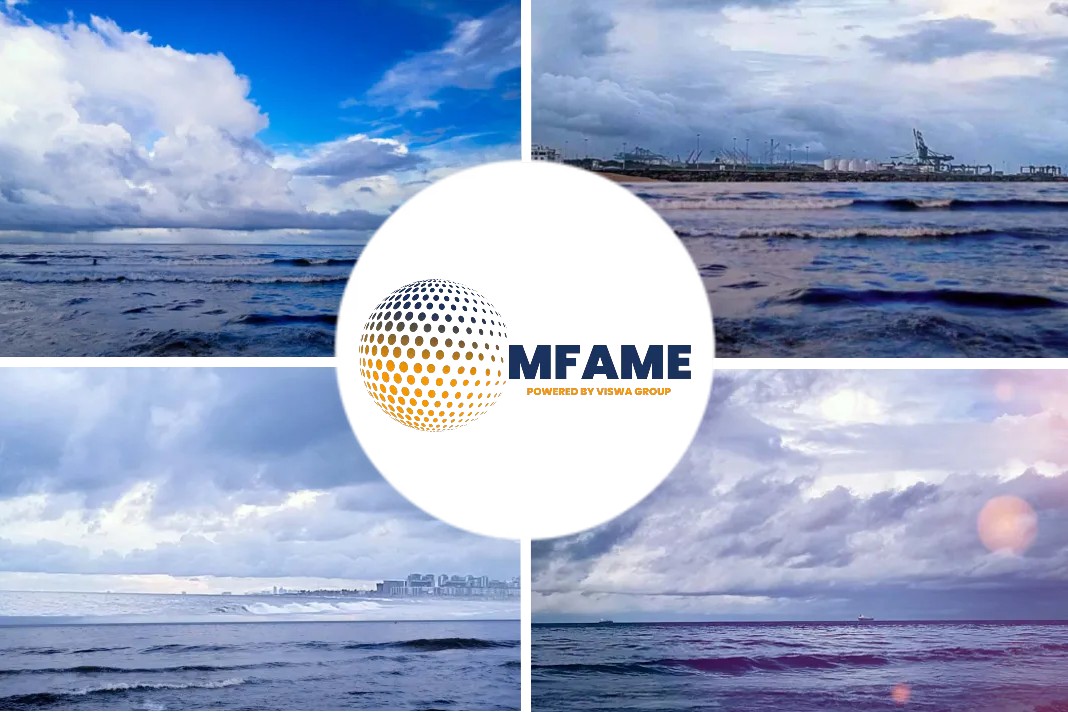- Ocean Conservancy and Pacific Environment released a new report that provides a hopeful, achievable and most importantly a zero-emission vision for the U.S. shipping industry.
- If the U.S. can eliminate emissions from the shipping industry by 2035, not only will it help move the country in line with a 1.5 degree Celsius future.
- But port communities will be healthier, renewable energy will be booming and the U.S. will set an international example for other countries to emulate.
A recent news article published in the Ocean Conversancy reveals that the U.S. can help eliminate fossil fuels from the shipping industry by 2035.
A new report
A new report details how the Biden-Harris administration can address climate change and environmental injustices by completely eliminating emissions from the shipping industry in the next fifteen years.
How the Biden-Harris administration can help?
All Aboard: How the Biden-Harris Administration Can Help Ships Kick Fossil Fuels provides 20 specific policies that create a roadmap for how the U.S. can realistically move towards zero-emission fuels and ships, clean and renewable sources of onshore power at U.S. ports, and achieve not just net-zero but true zero emissions from the shipping industry in the next fifteen years.
Achieving a zero-emissions shipping industry by 2035
The new report calls on the Biden-Harris administration to commit to achieving a zero-emissions shipping industry by 2035.
Under international law, the U.S. can require all ships docking at domestic ports to adhere to a clean shipping standard.
That policy needs to include progressive cuts in carbon dioxide equivalent emissions of 50% by 2025, 80% by 2030 and 100% by 2035.
This will help force the development of zero-emissions fuels and ships and accelerate the research into and adoption of zero-emissions technologies throughout the entire shipping supply chain.
Supporting policies in the report envision strong support for research & development of ship technologies, reducing port pollution, building the port infrastructure needed to service this next generation of vessels and restoring U.S. climate leadership abroad.
Runaway climate change
Emissions from the shipping industry do more than just contribute to runaway climate change; they also choke the air of portside communities, often working class communities of color, with pollution, which causes an estimated 250,000 premature deaths and 6 million childhood asthma cases globally each year.
A clean shipping standard will also spur widespread electrification of electrical grids and the development of renewable energy sources.
“We have a once in a generation opportunity to overhaul the international shipping industry and reimagine American ports to support a 100% clean energy future,” said Madeline Rose, Pacific Environment’s climate campaign director. “The policy recommendations we present in our new report will help the administration meet its commitments to staving off climate catastrophe, advancing environmental justice, and creating good paying, union clean energy jobs in the process.”
1 billion metric tons of carbon dioxide
The shipping industry emits an estimated 1 billion metric tons of carbon dioxide each year. If it were a country, the shipping industry would be the sixth largest emitter, ahead of Germany.
On its current trajectory, maritime trade is projected to grow by as much as 130% by 2050 over today’s trade volume.
By tackling shipping emissions here at home, the U.S. can set the international standard for ocean-based climate action and assert pressure on the International Maritime Organization, the international governing body for the shipping industry, to adopt more aggressive emissions reduction goals.
By eliminating fossil fuels from the shipping industry, the U.S. can set an international example and has the opportunity to kick start a countrywide transition to renewable energy and zero-carbon technologies.
Did you subscribe to our daily newsletter?
It’s Free! Click here to Subscribe!
Source: Ocean Conservancy
















